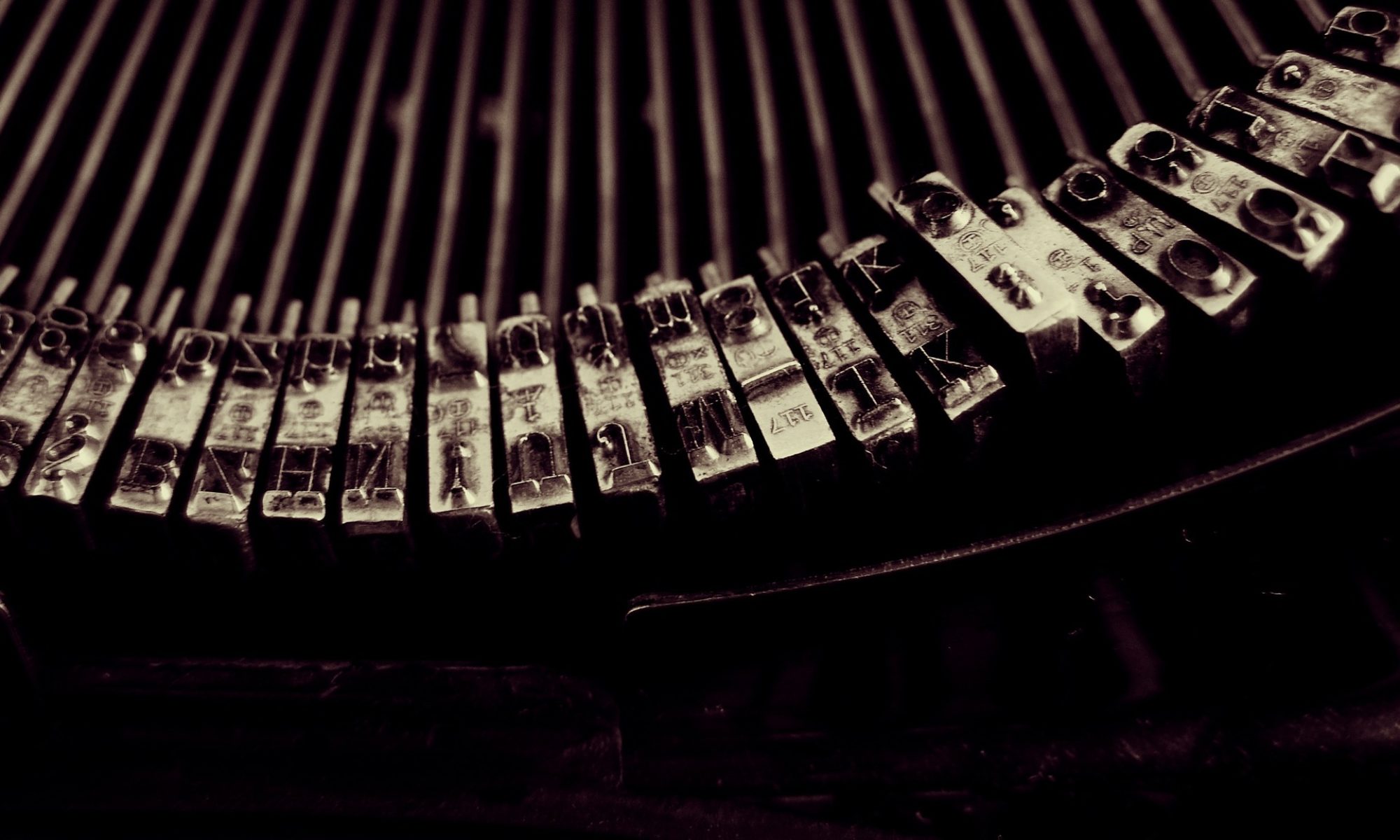
Day 20 – A Watercolorist’s Journal
It has a generic name: masking fluid. But I always think of it as frisket. I wonder if it should be capitalized, like Kleenex or Xerox? The acrid tang of liquid rubber. I remember–too late–not to shake it so hard. It is frothy and pink when I unscrew the jar, and the little bubbles refuse to dissipate. Transferred to the page in sweeping streams they finally fizz out, giving everything a fuzzy aspect. It suits what I’m painting, I suppose. Nothing too careful. I do it fast. The stems and twigs, little upturned blossom cups.
And later, when it’s dry, I use what’s left of the old paint in my palette, splashing it on in a messy wet wash of yellow, green, and blue.
Finally, with a square rubber pick-up, I lift the stringy pink gum, am rewarded with a crisp white negative image.









